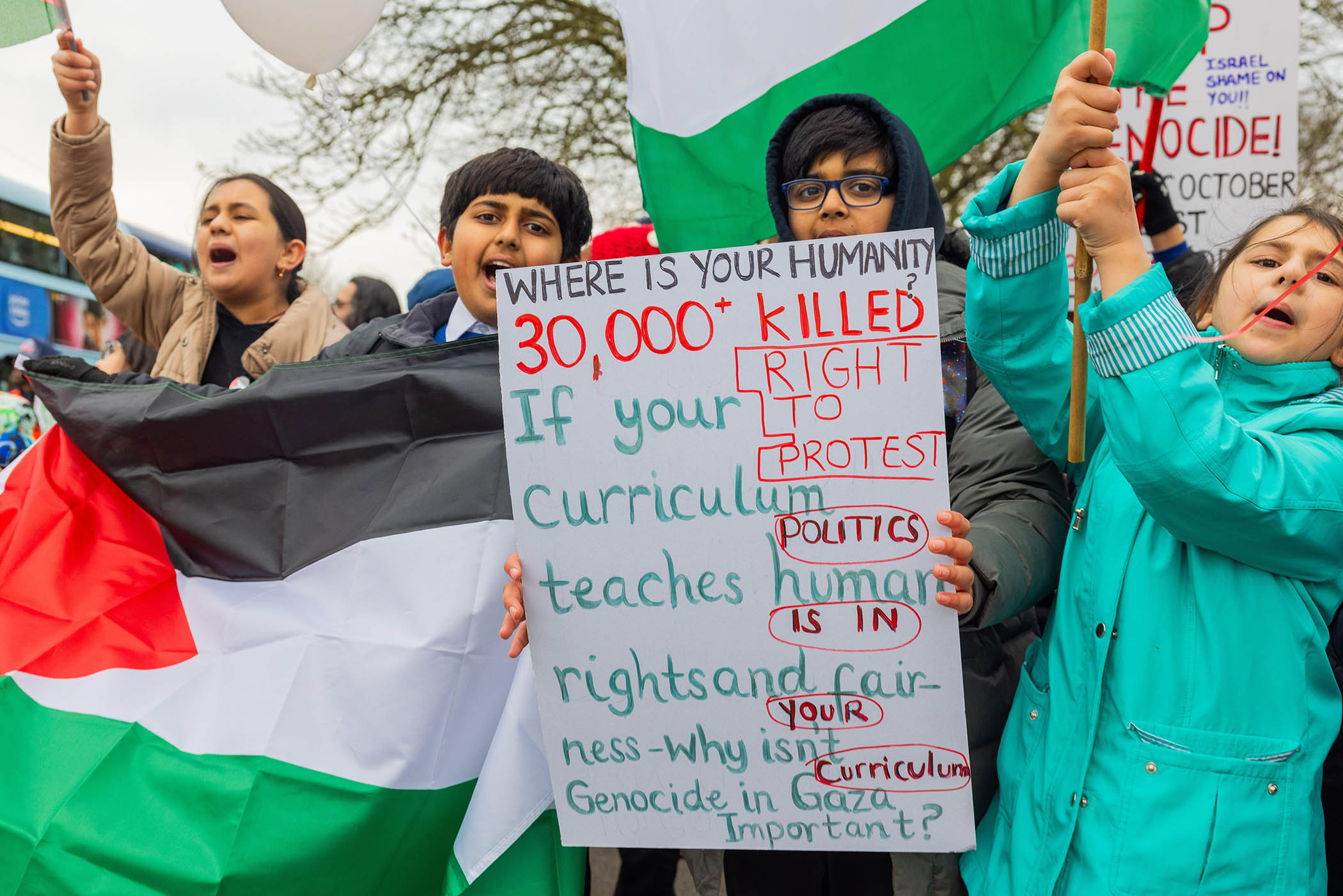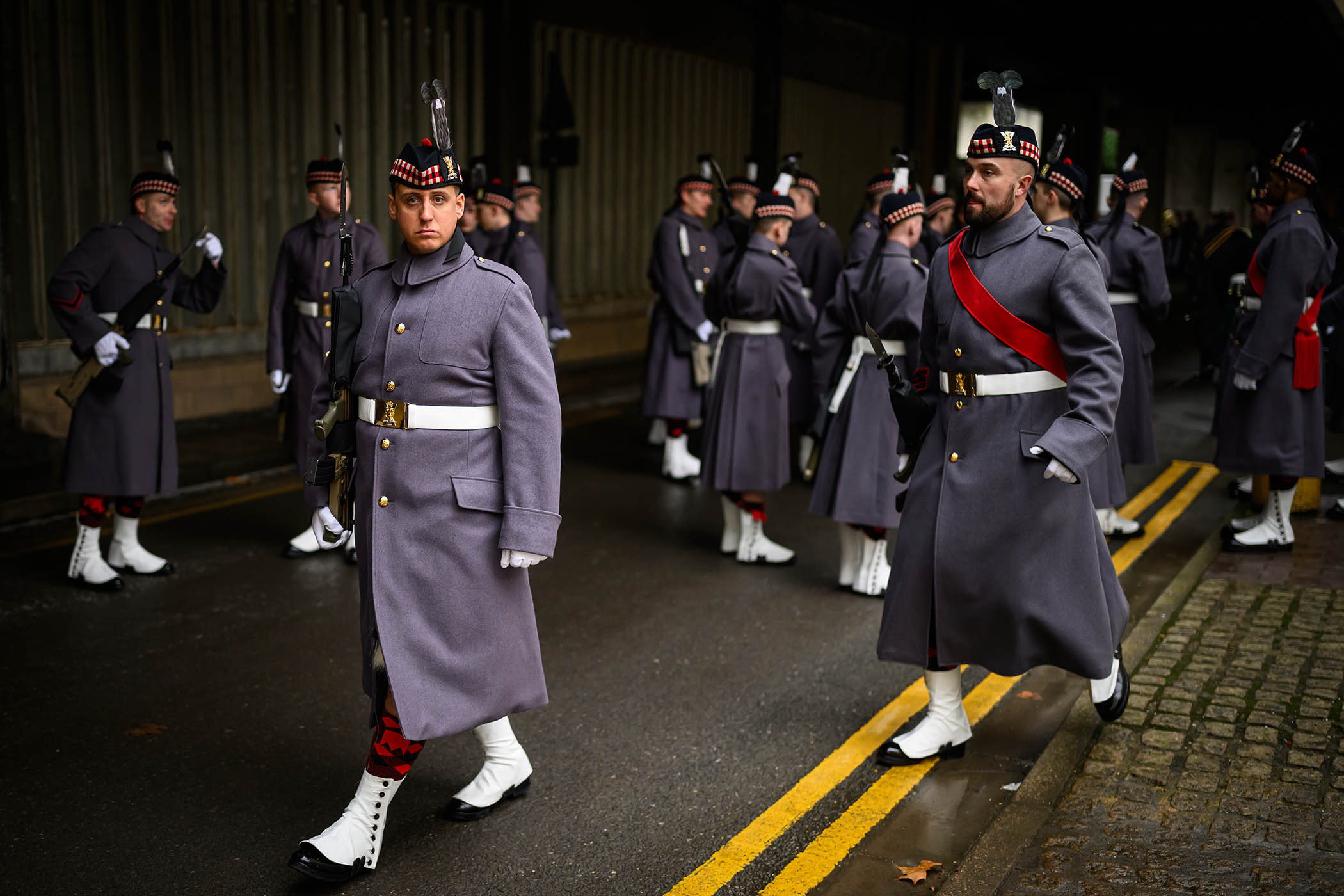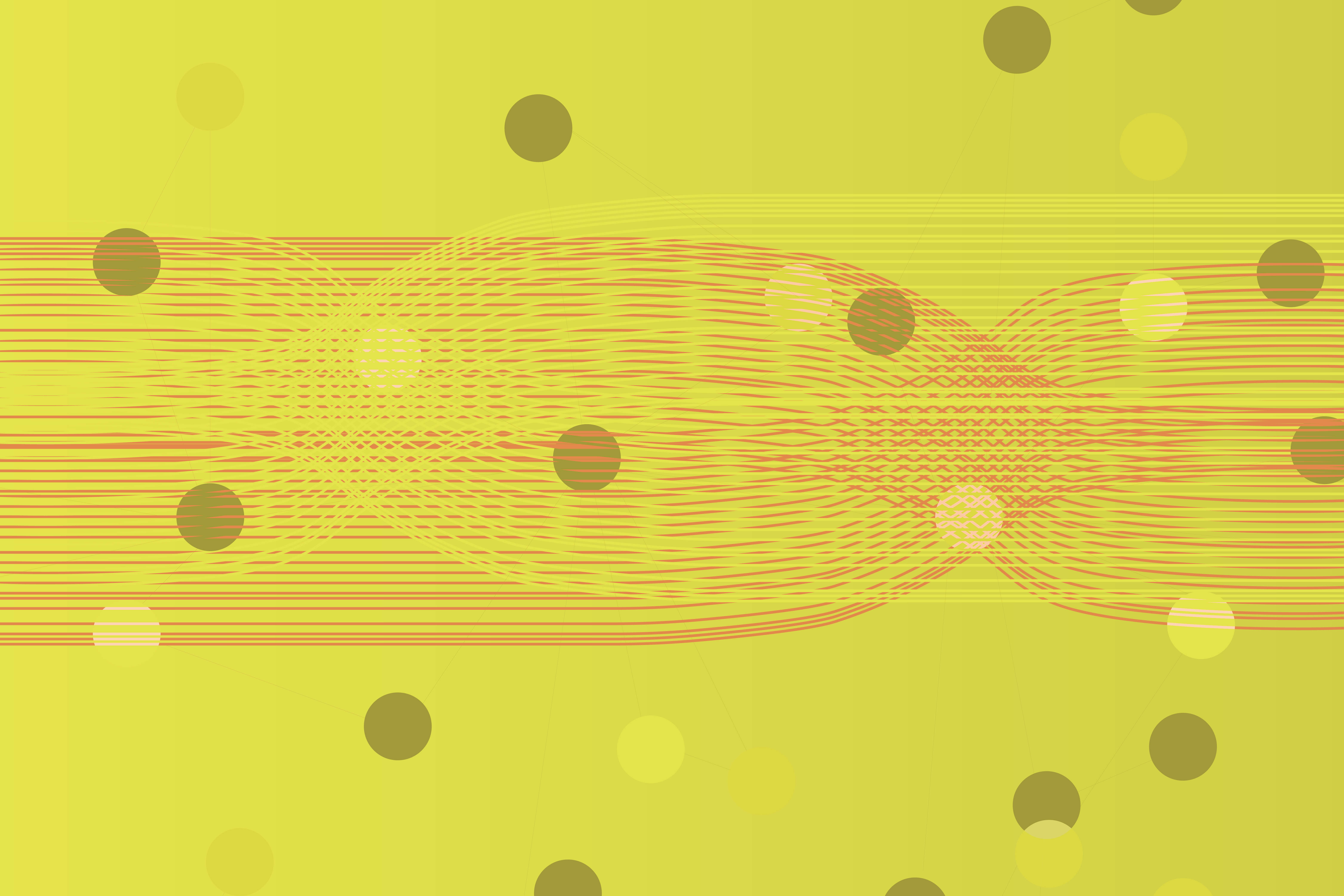‘You can mention Ukraine, but please don’t mention Gaza,” warned a head teacher a month ago, as I entered a school in south London that I was scheduled to speak at. “It’s too sensitive for our children, no matter what ‘side’ they’re on.”
Such are the warnings I often receive from teachers ahead of my speaking with children on a topic at the heart of some of my stories: refugees fleeing war. For as well as being a children’s author, I am also a human rights activist who believes that Israel has committed genocide in Gaza.
These warnings, which began as occasional whispers back in 2023, are now often submitted to me as an official directive, with the footnote that schools are apolitical; that teachers are not permitted to act as political “influencers” and that as a guest, I need to neutralise myself.
For two years, I have nodded and swallowed such instructions. Despite knowing that for many children – and staff – events overseas are hitting far closer to home than many in the education sector wish to acknowledge. Children and staff whose ancestral motherlands are being torn apart by warfare, be it Palestine, Sudan, Congo, Yemen or Afghanistan, don’t live just the one life. They – we – live parallel lives, where “here” in the haven of the UK, is often at odds with “over there” where familial ties, current and historic, live on. The countries we hear of on 24-hour news channels are not distant lands. They are places where grandparents, uncles, aunts, cousins and friends live, a mere hop, plane-ride and summer holiday away.
Yet in the very classrooms where we teach children to speak up against injustices and stand up for the rights of others, too many are now being taught to mute their worries.
Related articles:
This past week, the Israeli government, in the middle of a supposed ceasefire, has continued to target and bomb Lebanon; has released the mutilated bodies of Palestinian hostage; allowed settlers to commit violence against Palestinian families; killed a family of 11, including seven children and three women as they travelled back to their bombed out home, and shot dead 11-year-old Mohammad Bahjat Al-Hallaq as he played football with his friends. Yet despite all of the above, self-silencing across schools remains a rule that serves to create a new form of oppression: one which stands at direct odds to lessons otherwise being taught.
Which may explain why I see cracks appearing in places where the weight of such silence no longer holds. I first got a hint of it a few months ago, when a school receptionist pointed at her lanyard, heavy with badges, and directed my gaze to a tiny watermelon emblem – a symbol of Palestinian resistance against Israeli occupation. “It’s my way of showing the kids I don’t support what’s happening to innocent people,” she confided.
Then there was the teacher wearing watermelon earrings; another who had covered her clipboard with shiny watermelon stickers, yet another who said, “Thank you for speaking out about what we can’t,” before offering me a plate of watermelon.
Next came the DMs on my Instagram, hinting at children trying to break the status quo. First from a mum telling me her daughter had chosen to speak about the Balfour Declaration for a debate on conflict resolution – only to be told off in front of her whole class. Repackaging her speech, she went on to propose a topic for the next class debate: “How can a debate be a debate if kids are punished for talking about real life facts?’’
Another parent messaged to tell me his son’s GCSE art project had been deemed too “offensive” for submission. What had he painted? A homage to six-year-old Hind Rajab, a Palestinian girl killed by Israeli soldiers, along with her family and the ambulance drivers who had come to her rescue. His homage had replaced the 355 bullets fired at her, with 355 flowers.
I see cracks appearing in places where the weight of such silence no longer holds
Then the questions from children in my assemblies who smelled an opportunity to break free of constraints, albeit for a few seconds. Questions which ranged from, “Miss, how come we help refugees from Ukraine but not the ones in Palestine?” to “Why do grown-ups tell us not to fight, but then drop bombs on people in tents?” Occasionally followed by confidences from children who wanted to tell me, “Miss, I’m from Palestine” or “Miss, I went to the march for Palestine,” as I signed their books. As if such words constituted secrets they wanted me to keep too.
Finally, the rushed disclosures from teachers, many verbalising their unease at stopping questions or conversations about what their children were seeing on the news. Others were more personally affected. The most memorable being a teacher who, after I had finished an assembly about my book, confessed she was living “a nightmare she couldn’t wake up from – just like the refugee boy in your story”. It transpired she had just heard her family home had been hit in the-then spate of Israeli bombings of southern Lebanon, transforming her elderly parents into refugees.
“Communications keep getting cut off – so I’m just waiting. Always waiting,” she said. I asked if she had any support or had taken time off. She shook her head and whispered, “We’re not allowed to talk about it. We keep it ‘light’ in the staffroom.”
Our children tend to see what we see. So I can’t help but ask every time I leave a muted school: who does this policy of silencing serve? Are we teaching the leaders and civilians of tomorrow to stay schtum in the face of globally declared injustices? To keep it “light”, whatever the human cost?
Judging from the new forms of resistance, spoken and unspoken I am witnessing, the answer is a resounding “No”.
Onjali Q Raúf founded O’s Refugee Aid Team, which raises awareness and funds to support refugee frontline aid organisations
Photograph by Milo Chandler/Alamy


